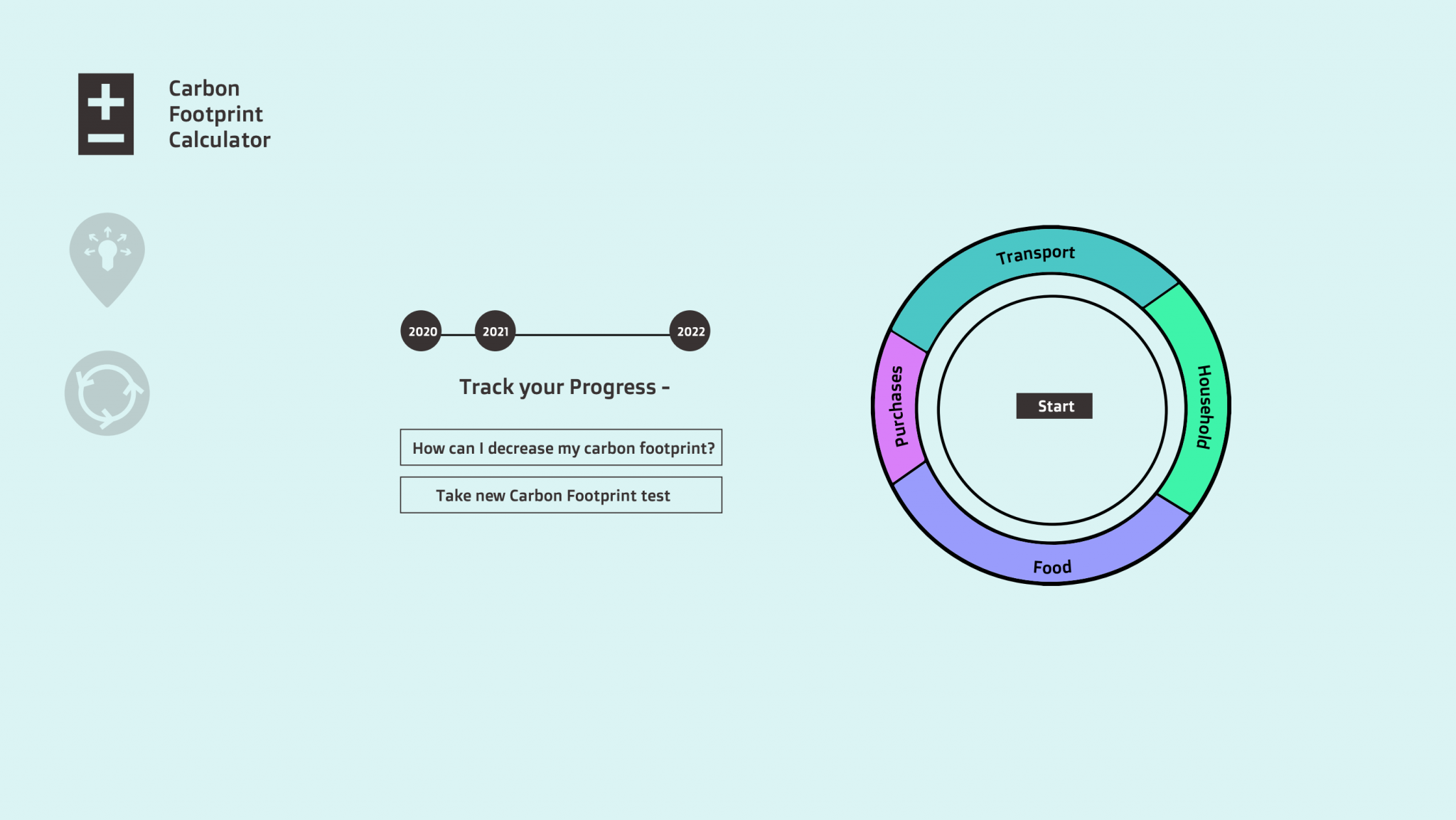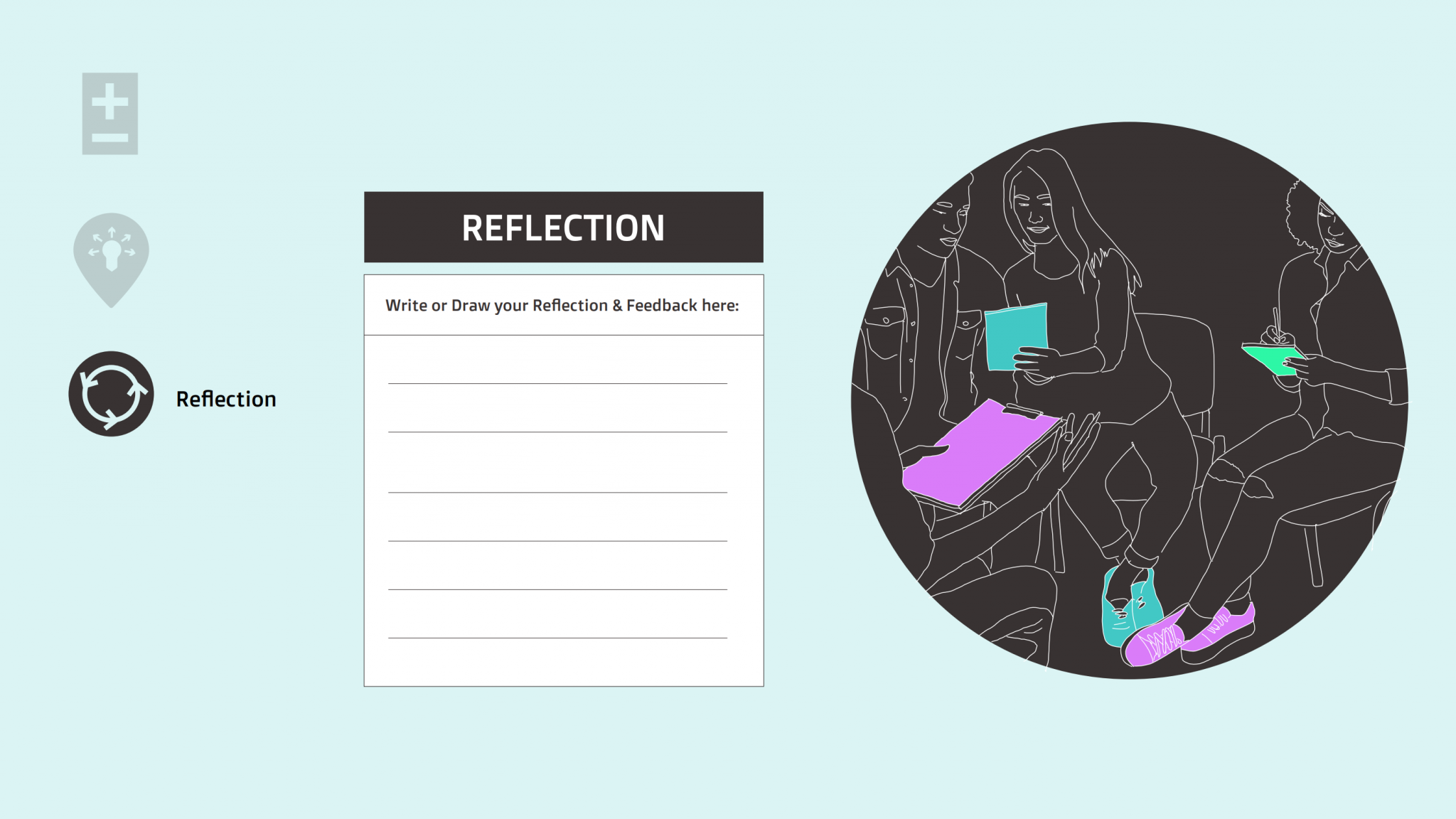FEB ’20 – MAY ’20 | teamwork | ‘Design for Government’ course | Aalto University, Ministry of Environment, Ministry of Education and Culture, Finnish National Agency for Education, ORSI research project/consortium
Finland’s government has made a commitment to ensure that Finland is carbon neutral by 2035 and carbon negative soon after that. The challenge for me and my teammates was to see how climate education could contribute to these big goals. We designed a program that supports the Finnish education system to raise a carbon neutral generation.
The aim for our research phase was to understand climate education from a systems perspective, as well as a human perspective. We combined desktop research with a collaborative workshop and in depth interviews that we conducted with teachers, climate education experts, principles and other stakeholders.
From a systems perspective, we learned about what people and organisations are involved in creating climate education, what their roles and responsibilities are and how they communicate. From a human-centered perspective, we learned why climate education does or doesn’t matter to people. We learned about people’s motivations and frustrations, their hopes and their worries.
Project highlights
- Analysis of Finnish education system
- Insights into needs of various stakeholders, from government officials to teachers to students
- A nationwide education program designed to support students and teachers to take climate action
Climate education and active citizenship
We quickly learned that the interpretation of climate education varies between different people. During interviews, experts have emphasized the importance of coupling active citizenship with climate education. This means schools have a new role when providing climate education, which is to teach students not only about climate change, but also about climate action.
When talking with a civil servant it was mentioned that in school, students get a general idea of democracy, but no practical support on how to be active citizens. Climate action can happen at many different levels and scales, ranging from personal to global. Students lack support to find different ways in which to be active citizens.
Varying mindsets of students and teachers
From teachers and students we learned that some of the students really want to save the planet, some might even participate in the climate strikes. But there are also students who don’t see the point of taking climate action or feel like there is no hope for the planet anyway.
Finland’s educational system is rated to be one of the best in the world. In almost all interviews, teacher autonomy and trust was mentioned as a positive force for education in Finland. However, as a result, the way climate education is taught is very dependent on the teachers. This means that across Finland, the content of climate education may be very different.
Carbon Neutral Generation Program
We decided our proposal to the Ministry of Environment should support and encourage all students (not only the already active ones) in taking climate action. We want to maintain teachers autonomy, while bringing more structure and consistency to climate education across Finland.
Carbon Neutral Generation is a program owned by the Ministry that provides a flexible structure for high-schools to help them achieve continuous, action-focused climate education to all students.
The program is supported by an online platform. Here, the students do a yearly carbon footprint calculation, share climate projects done at school and continuously reflect on their climate actions as well as their values and emotions concerning sustainability.
Through the Carbon Neutral Generation program, students will get to know different ways to take climate action, as well as support to develop their values concerning sustainability. Teachers will get a supporting programme that makes their teaching job easier and boosts their confidence teaching climate action. Finally, the Government will get actions in schools that help take Finland towards their goal of carbon neutrality, while learning to better understand youth’s attitudes and impact on climate change.
Team: Maddalena Galloni, Aman Asif, Suvi Majander
Images by Aman Asif & Suvi Majander









